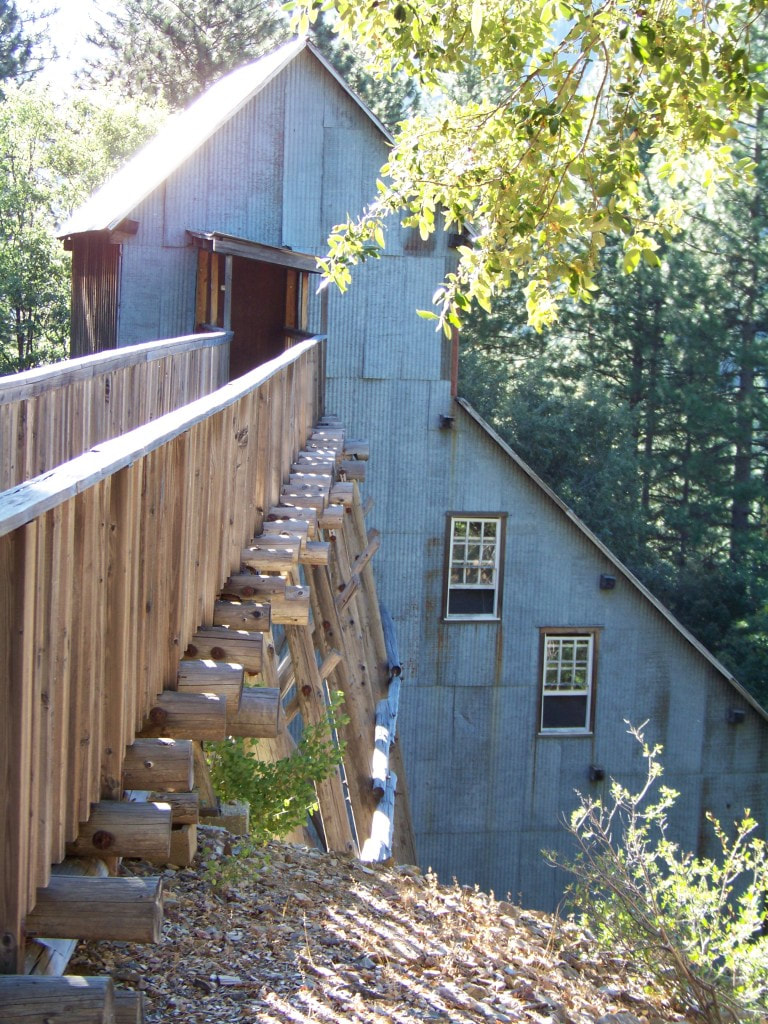The California Department of Fish and Wildlife (CDFW) is pleased to announce the expansion of its Wolf-Livestock Compensation Pilot Program.
California’s 2021-22 state budget allocated $3 million to fund CDFW’s Wolf-Livestock Compensation Pilot Program, which identifies three areas of needed assistance (called “prongs” within the program). Ranchers have since been able to apply for two prongs of the program: fair market value compensation for confirmed and probable livestock loss due to wolf attacks (prong 1) as well as funding for deploying non-lethal deterrents to reduce wolf presence near livestock (prong 2).
To date, CDFW has processed 41 applications seeking $750,509.02 in compensation under both prongs of the program. CDFW has approved all 41 applications and they are in the process of being paid by the California State Controller’s Office.
Ranchers with livestock operations in known wolf pack territories in northern California may also suffer indirect economic impacts beyond the direct economic impacts of livestock killed or injured by wolves. Livestock production losses associated with wolf-induced stress may include reduced calf weight gains and lower pregnancy rates. Today, CDFW is announcing the availability of the third and final prong of the program. This indirect loss compensation component (prong 3) is now available to ranchers with livestock herds impacted by wolves. Ranchers can apply for compensation for indirect losses incurred on or after Sept. 23, 2021.
“Through our own growing management experience and learning from other states, we recognize that wolves may have both direct and indirect economic impacts on ranchers in areas where resident wolf packs are present in California,” said CDFW Director Charlton H. Bonham. “Our Wolf-Livestock Compensation Pilot Program reflects this reality and appropriately reimburses ranchers for this potential loss of income. We’re grateful to the ranching community and agricultural groups for their continued partnership on wolf management issues. We will continue working together to better understand wolf-livestock interactions.”
Ranchers seeking assistance in applying for these state funds may contact CDFW at [email protected]. This spring, CDFW conducted three technical assistance workshops in northern California to help ranchers navigate the application process for this program. Additional workshops are planned in the coming months. More information is available on CDFW’s Wolf-Livestock Compensation Program webpage.
CDFW’s Wolf-Livestock Compensation Program is one of several evolving strategies to mitigate wolf-livestock conflict in California. Other CDFW wolf management tools include capture/satellite collar efforts to monitor wolves, deploying proactive non-lethal deterrents to minimize livestock depredation and ongoing collaboration with ranchers, agricultural groups, conservation groups and researchers. Gray wolves are protected under both the California Endangered Species Act and the federal Endangered Species Act. Learn more by visiting the CDFW Gray Wolf Program webpage.
###










